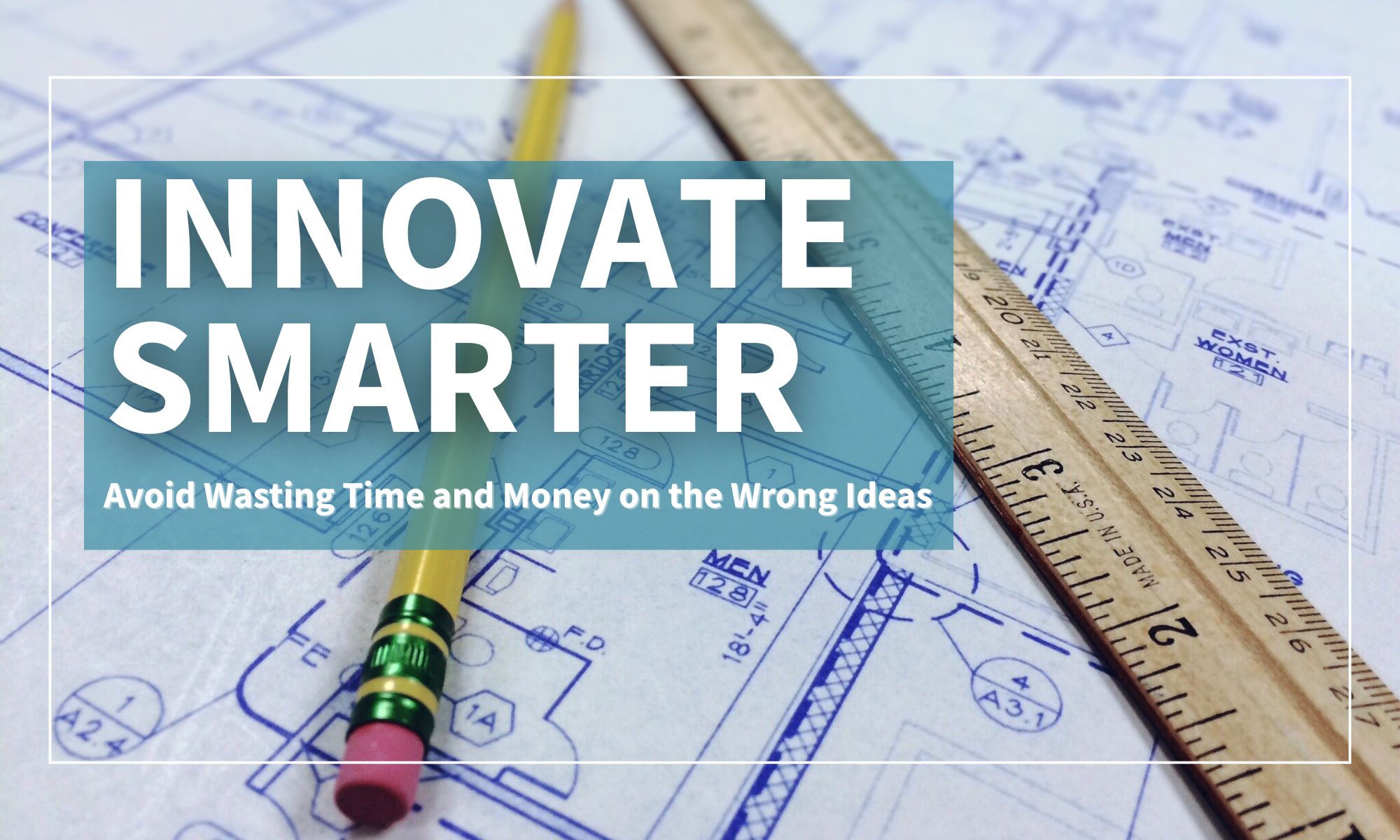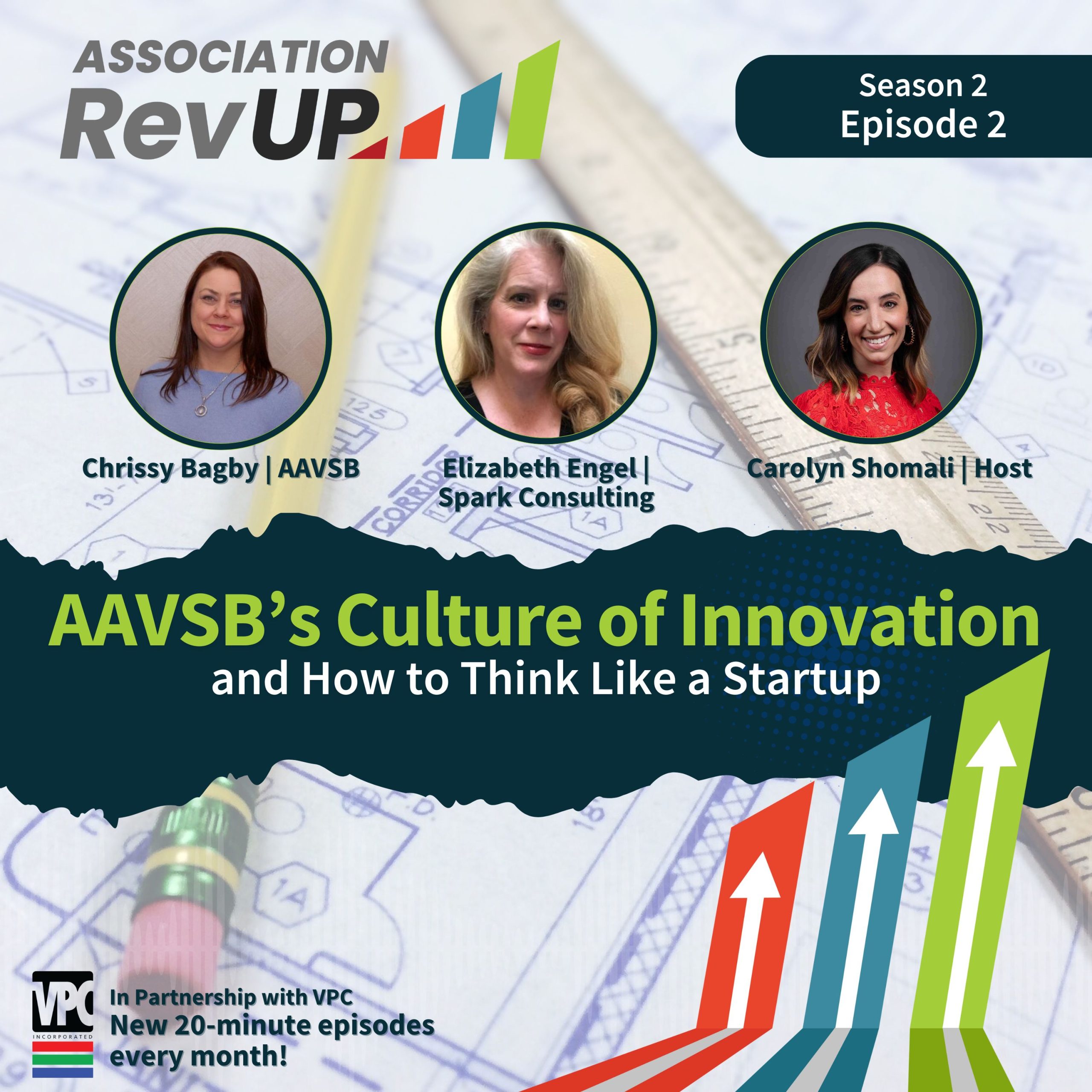Innovate Smarter: Avoid Wasting Time and Money on the Wrong Ideas

By Carolyn Shomali, PAR Director of Content
3 Minute Read
If there's one thing every association would benefit from avoiding, it's wasted resources. Staff time and financial investments are invaluable, yet many associations inadvertently drain both when launching new programs and products without a strategic approach.
But what if there was a smarter way to innovate that minimizes risk, maximizes efficiency, and ensures resources are only spent on initiatives with real demand?
According to strategist Elizabeth Engel of Spark Consulting, the answer lies in the lean startup methodology, a framework popularized by Eric Ries in his book, The Lean Startup: How Today’s Entrepreneurs Use Continuous Innovation to Create Radically Successful Business.
“With this method, you are actively trying to prove yourself wrong every day, and in fact, being wrong is fine,” Engel says. “It's a good thing, as long as whatever you were wrong about - whatever your experiment showed you had messed up - you learned something from that, you measured that, you took that knowledge back, and used it for your next iteration through the cycle.”
Ries, a former software engineer and startup project manager, frequently saw products fail - not because they were flawed, but because they weren’t needed by their audience. The same can be true for associations - instead of asking ‘can this program be built,’ the question should be ‘should this program be built?’
“You've got ideas from yourself, from your C-suite, from your staff, from your board, from your board chair, from your committee chairs, from your committee members, from your members – there’s ideas all over the place. The issue is all of those ideas are great things that you could do…but they're all based on assumptions about three key things.”
Associations assume they understand their audience, their audience’s problem, and the best solution to that problem. But the lean startup methodology encourages organizations to test those assumptions through a series of experiments - ultimately reducing uncertainty and eliminating wasted resources spent on the wrong solutions.
Take for example The American Association of Veterinary State Boards. Chrissy Bagby is the Chief Strategy Officer and part of a two-person innovation team at AAVSB. When a new CEO came on board years ago, Baby says the association had an ‘aha’ moment: innovate or risk becoming irrelevant.
“We had reached that plateau of being an established organization that had key products and services,” Bagby says. “Our board of directors and new CEO was very visionary in thinking, ‘Let’s look at what we need to do to innovate and to stay relevant before we get in a position where we're behind and we start losing resources.’”
Bagby says that a cultural commitment to innovation resulted in not only tripling their staff size but also tripling their product offerings. The lean startup framework helped them elevate everyone’s skill level while avoiding unnecessary investments in the wrong products.
“We need to take these things that are ideas and figure out if they even have legs before we spend a bunch of money and a bunch of time and invest in them.”
That’s where Engel says the minimum viable product (MVP) comes into play. Essentially a prototype, the MVP allows associations to create a basic solution to an audience problem and quickly get it into their hands for feedback and suggestions. Engel explains the MVP concept with a simple scenario first described by author, scientist and entrepreneur Henrik Kniberg: Your audience wants to travel from point A to point B faster than walking. Instead of immediately designing a perfect car, you first give them a basic skateboard. Then, based on their feedback, you refine the solution—evolving the skateboard into a scooter, a bicycle, and a motorcycle before finally developing a car.
The benefit? Your audience’s problem is addressed quickly, and the solution continues to evolve with their needs.
“We built the car, but our audience was happy right from the beginning because we were already solving their problem,” Engel says.
AAVSB is currently applying this framework through its Mobility Assistance Program, which helps veterinary professionals navigate multi-state licensing. Rather than investing in an expensive solution upfront, they started small and tested whether there was demand for a concierge-style service to assist with regulatory requirements. Their initial experiments confirmed interest, allowing them to refine the offering step-by-step.
“We're in this cycle of trying to get the product market-ready. If all of this works out, then you have a market-ready product, you actually launch it, you put it in your operational budget, and you start counting on revenue,” Bagby says.
The lean startup methodology offers associations a structured approach to innovation - one that prioritizes testing, learning, and adapting. By focusing on real audience needs and validating assumptions early, organizations can reduce wasted resources and increase the likelihood of successful program launches.
Take a Deeper Dive into the Lean Startup
Listen to the 18-minute podcast episode, AAVSB's Culture of Innovation and How to Think Like a Startup. In this episode, Chrissy Bagby and Elizabeth Engel share insights into how the lean startup approach creates a structure for innovation, gets the staff onboard, eliminates assumptions, and guides your association to the products and solutions your members actually want.
